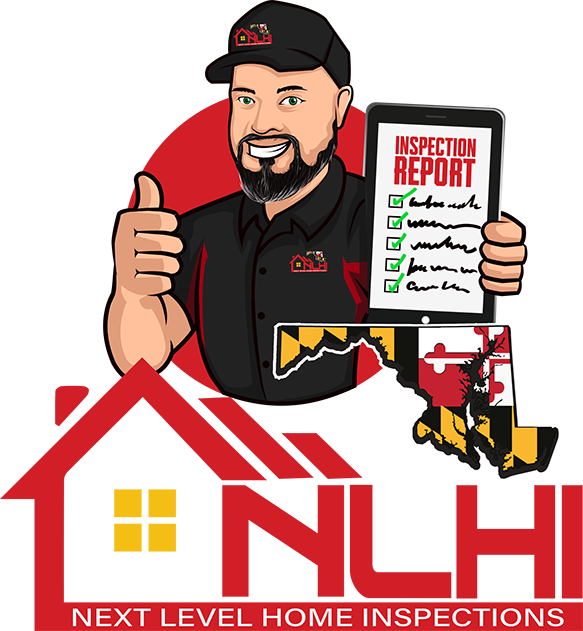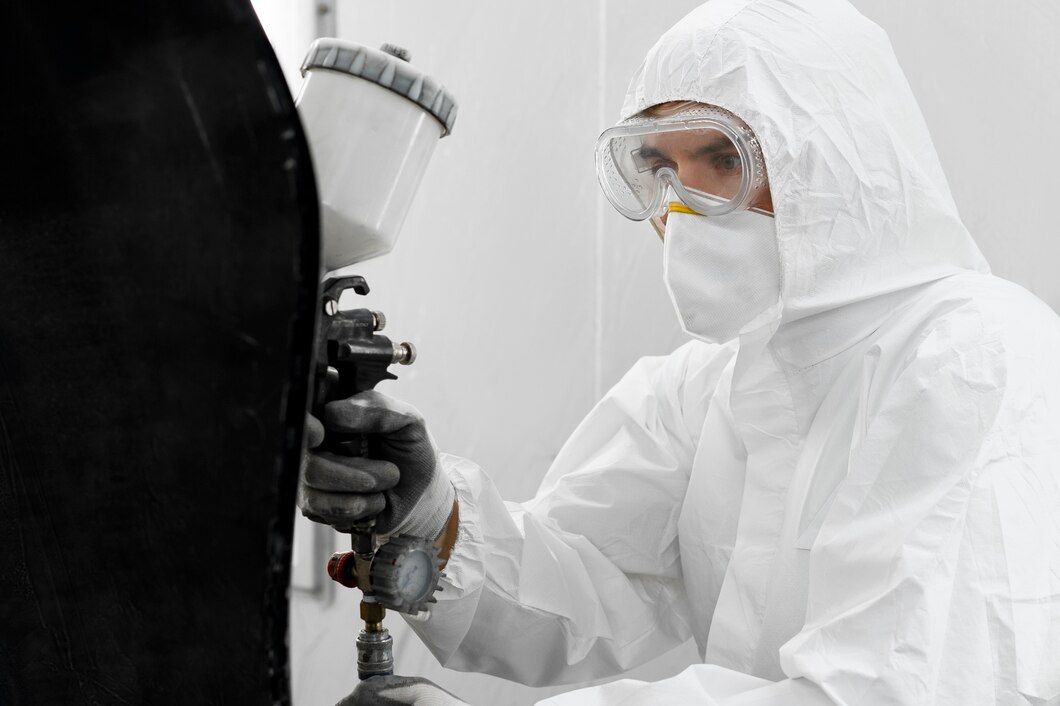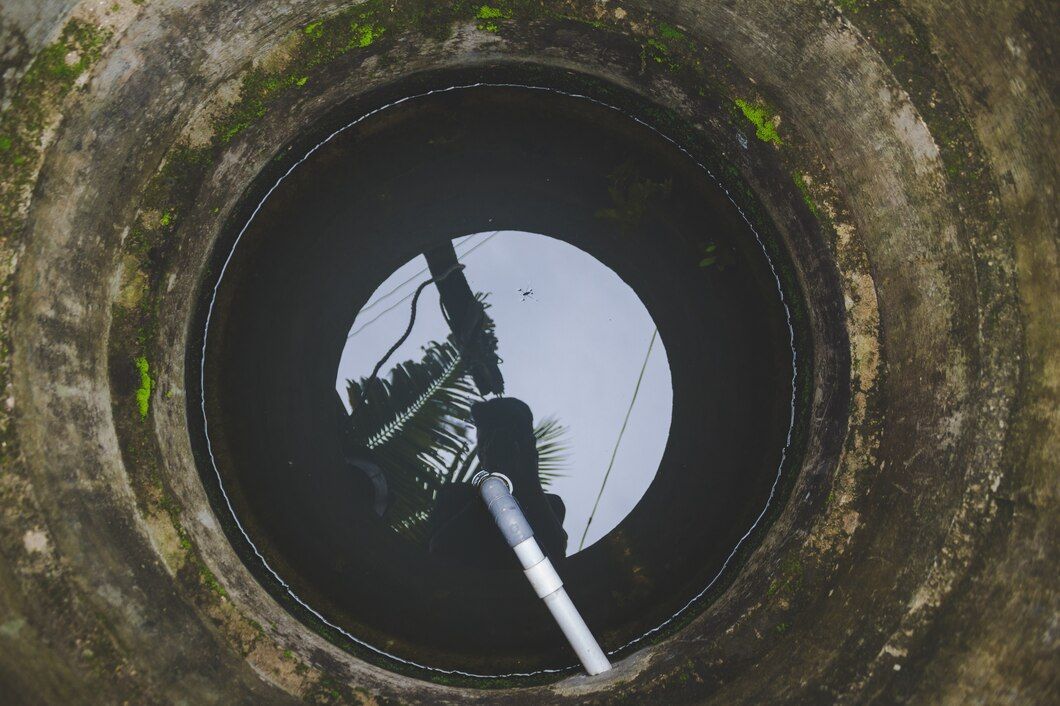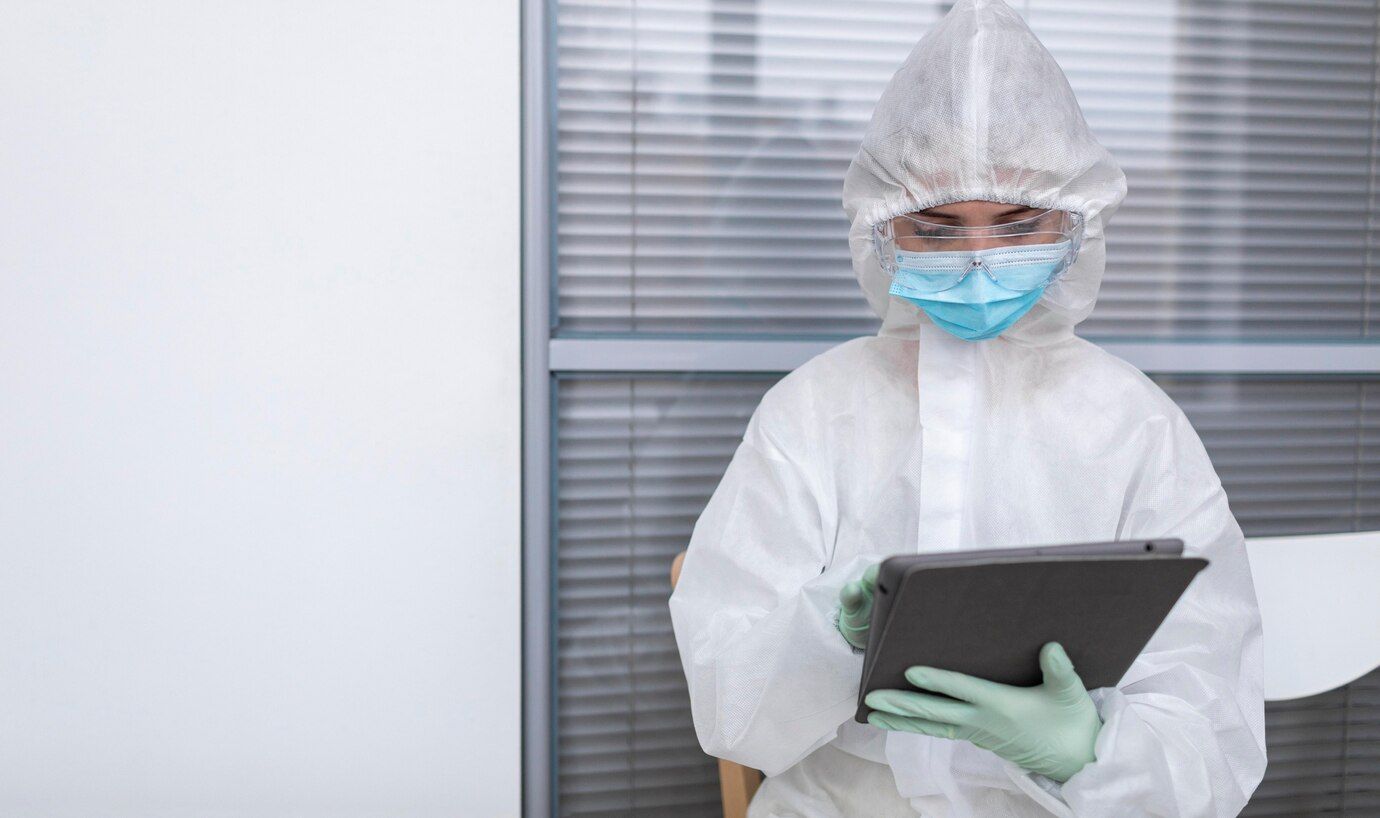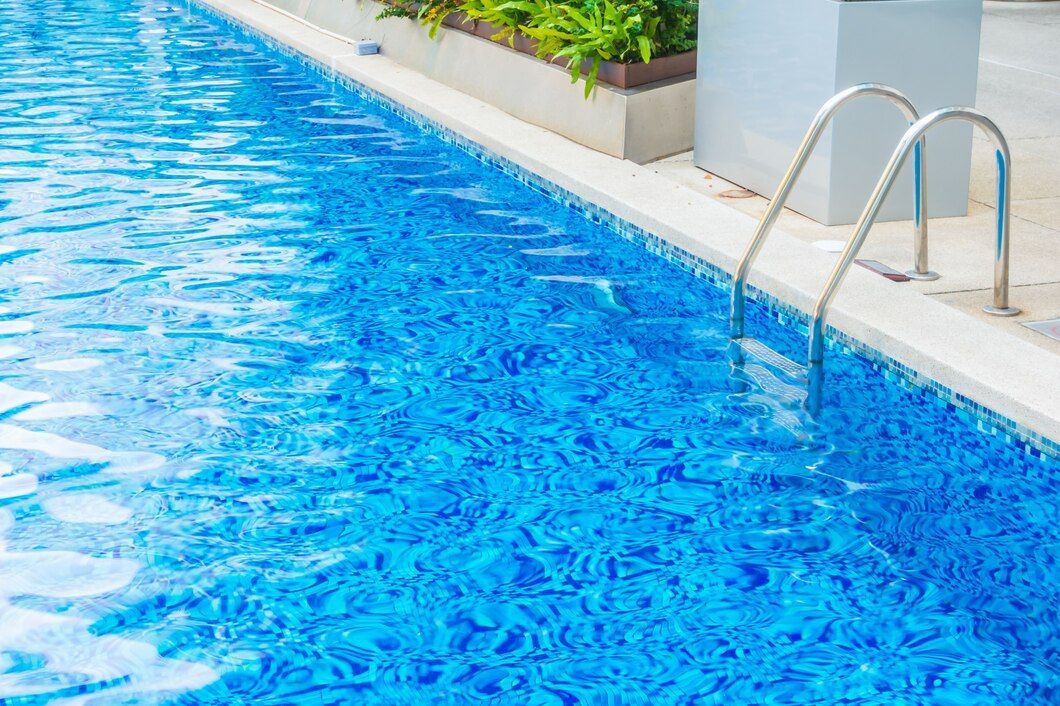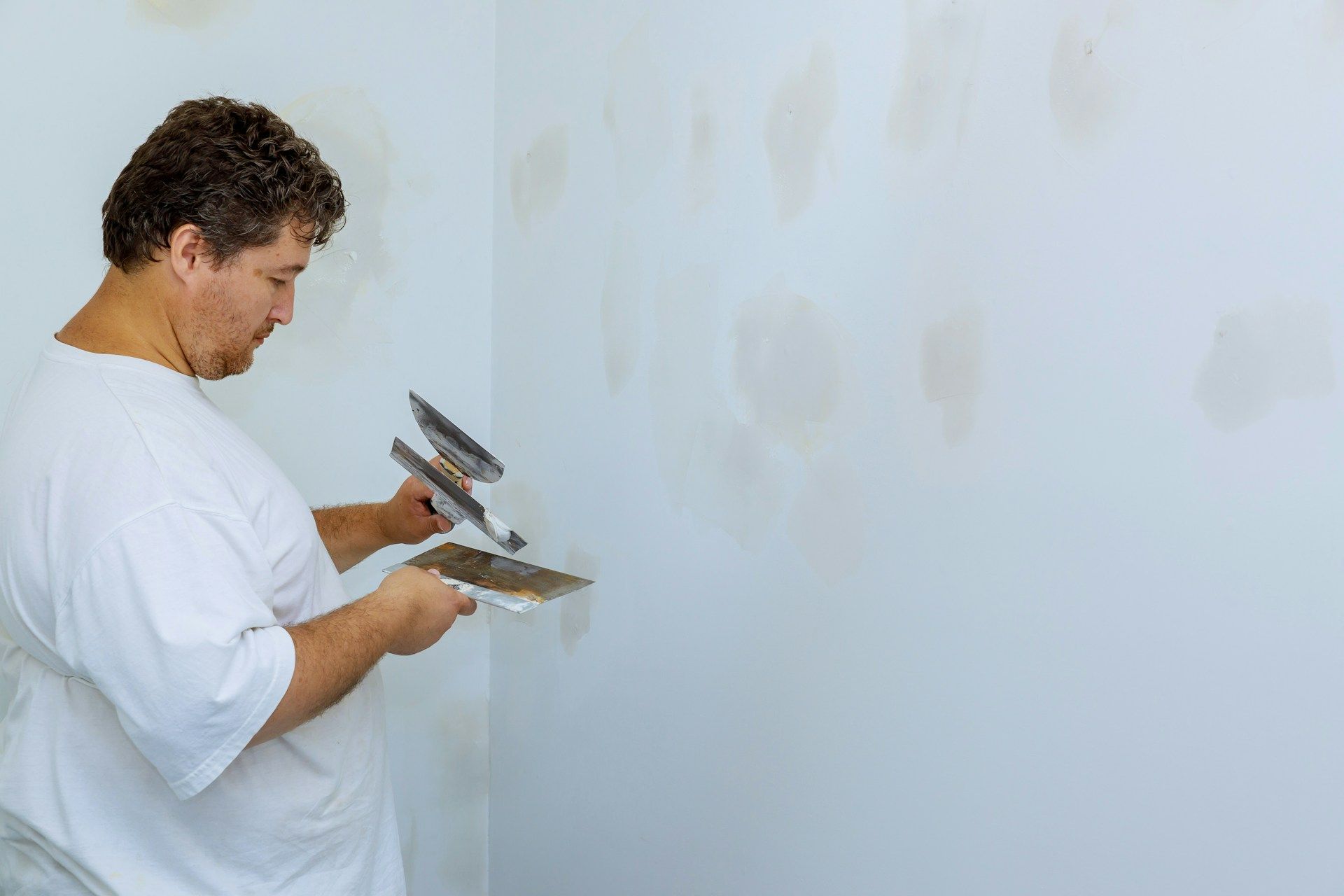Why Bleach is Not the Solution: The Risks of Using Bleach to Clean Mold on Porous Surfaces in Your Home
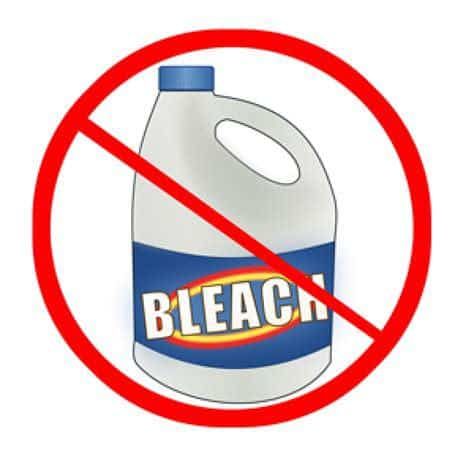
Mold is a widespread issue in homes, and it may colonize many materials, especially porous ones like wood and drywall. When mold grows on these materials, many homeowners immediately reach for the bleach. However, bleach is not recommended because it might exacerbate the problem of mold growth in Edgewater, MD on porous surfaces. This blog will discuss the factors at play.
Bleach Is Ineffective Against Mold Growth On Porous Materials
To start, bleach is ineffective against mold growth on porous materials. Water and mold spores can easily seep deep into porous surfaces like wood and drywall. Bleach can eliminate mold on the surface, but it cannot penetrate porous materials to eliminate mold from within. Therefore, the mold will most likely return, and the issue will remain.
Second, bleach can actually make the problem of mold development worse when used on porous surfaces. Bleach can trigger mold to release spores into the air when applied to porous objects. The spores can travel through the air and start new mold growth in other parts of the house. Bleach can also degrade fibers and discolor porous surfaces, compromising their structural integrity. Damaged materials may need expensive maintenance or possibly replacement.
Finally, bleach is a toxic substance that poses serious health risks. Bleach's toxic vapors can trigger respiratory problems, skin irritation, and other symptoms when used to remove mold from porous surfaces. Bleach is also corrosive, thus it may cause damage to any surfaces it touches. There may be permanent harm done to your home's framework as a result of this.
Fourth, bleach is not an effective method of mold remediation for porous materials. Bleach can temporarily get rid of visible mold, but it won't fix what's causing it to grow in the first place. Cleaning mold with bleach won't stop it from coming back if the area is still damp and humid. To stop mold from growing on porous materials, the source of the moisture must be eliminated. Fixing leaks, enhancing airflow, and installing dehumidifiers are all viable options for lowering relative humidity.
Bleach Is Not The Only Option For Removing Mold From Porous Surfaces
Finally, bleach is not the only option for removing mold from porous surfaces; there are other, safer, and more effective methods. Borax is one such alternate. Borax is a mineral that can be used to destroy mold and remove it from porous surfaces effectively without damaging the surface or creating toxic smells. Vinegar is another option that can efficiently eradicate mold and keep it from returning. When applied to porous surfaces, tea tree oil kills mold and stops it from growing. These options are not only less dangerous, but they also have greater lasting value.
Take care if you opt to use bleach to remove mold from a non-porous surface, such tile or glass. Protect your skin and lungs by donning a mask and gloves, and open windows and doors to let in fresh air if possible. Bleach can be harmful if mixed with other chemicals, so it's important to follow the label's recommendations for how to dilute it.
In conclusion, porous materials like wood, drywall, and others should not be cleaned with bleach.
There are safer and more effective alternatives to bleach if you need to get rid of mold, as it is ineffective at doing so and can actually make the situation worse. If mold is growing on porous surfaces in your home, you need to find other ways to get rid of it in addition to fixing the moisture problem. Doing so can help you get rid of
mold in your home
in a way that won't harm you or your family.
